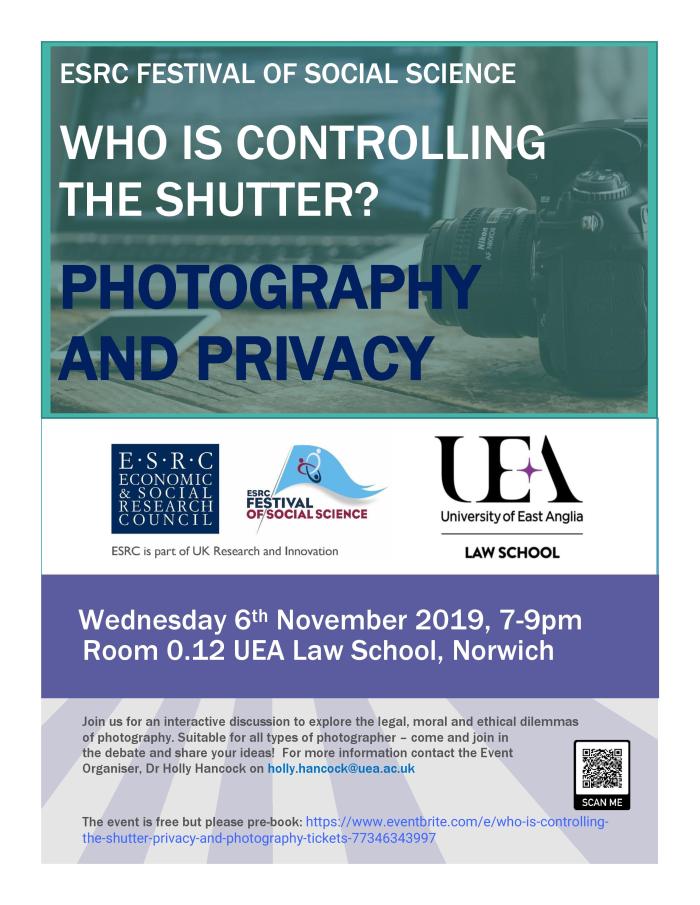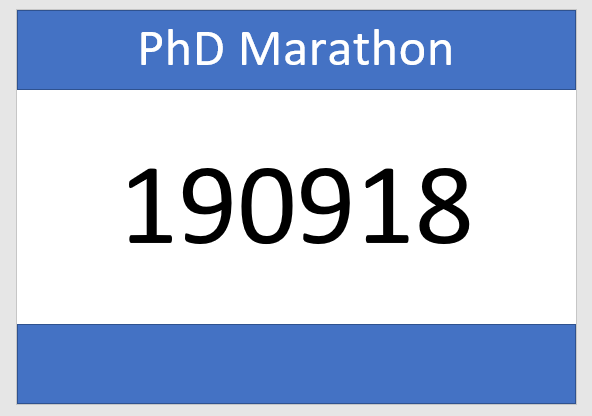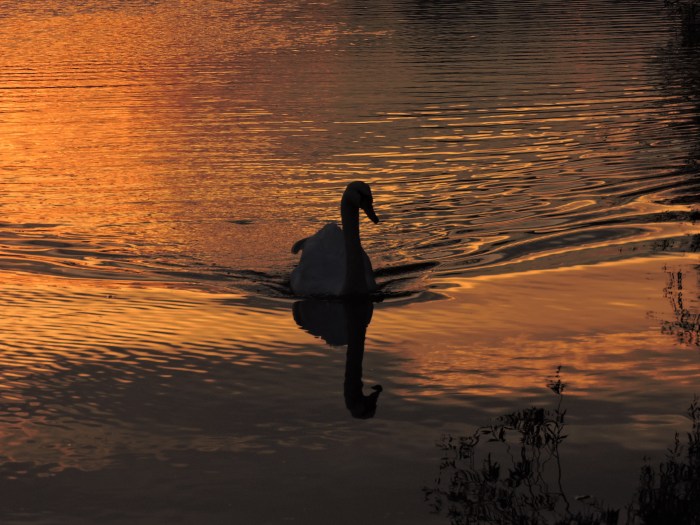One of the questions that has bugged me for a long time is that of public naming and shaming, and it’s always a topic that re-emerges particularly over the Christmas/New Year period. With Christmas and New Year Festivities recently over, police forces ran campaigns to discourage forms of socially undesirable behaviour, from the now familiar ‘Fatal Four’ campaigns to ‘Think!’ encouraging us to behave responsibly, particularly on the roads, during the Festive period. Surely any form of campaign which makes us safer has to be a good thing? You’d probably think so. But an increasing trend in recent years makes me feel a little bit uneasy. For some time local newspapers have run ‘name and shame’ stories to expose those who put lives at risk after drinking and getting behind the wheel. But since the explosion of social media a story being printed in the press is no longer the end of an ordeal, it will also be published on their Facebook and Twitter pages for all to see and pass judgment. Yes, these people have committed a criminal offence, and have been punished by the courts for their behaviour, but is this enough? One of the strengths of social media is the ability for anyone, anywhere, to be able to share their views and thoughts with thousands of people globally, but this ability of communication is a powerful tool, and as such must be employed with care.
And of course it’s not just the press who can use these tools and, fundamentally, does the rise of public naming and shaming cast into doubt the very basis of the justice system – the presumption of innocence – giving those involved no right to reply or the possibility to defend themselves? When considering the matter of ‘trial by social media’, one of the examples that springs to mind immediately which illustrates the potential dangers of everyone being able to share their views and opinions is that of the ‘Cat in the Wheelie Bin’. This example demonstrated the power of social media as a vehicle through which opinions can be shared, and judgment passed instantly. Back in 2010, seemingly overnight, Mary Bale, a 45-year-old bank worker from Coventry, reached previously unseen levels of Internet infamy after the owners of Lola the cat placed their home CCTV footage, capturing the moment their cat was thrown into the bin, on YouTube. Within just a few hours people who had never met this woman had uncovered her name, where she lived, her occupation and telephone number – she was named and shamed for all the world to see. Only a few years ago, such an act would have been confined to local newspapers, if uncovered at all – it would be clear that a cat ended up in a wheelie bin, but with no indication as to how it got there. Today, almost every move is recorded, and replayable. Did Mary Bale’s actions warrant the tabloid Press labeling her ‘the most evil person in Britain’?
In the current ‘name and shame campaigns’, those convicted of drink-driving offences are photographed leaving the courtroom, their image published along with their names, ages and addresses in the local press. Whilst much of this is publicly available information made accessible by the courts, by combining it with an image and publishing it in widely read press makes these people identifiable. Some would argue this is well deserved – if you break the law you face the consequences. But is it always this straightforward? When social media is added to the equation, is there the danger that this could lead to a similar reaction to that of Mary Bale? Are we seeing a trial by social media, over and above the traditional justice system and what would be the implications if this is the case? For every opinion, there will be someone who shares that viewpoint, and through the online community these opinions can gain momentum. Through the shared community of the Internet events can quickly be blown out of proportion and the consequences can be long lasting and life-changing. When the image and accompanying article relates to an individual’s personal battles, perhaps alcoholism or family problems, and divulges work information – is this a step too far, revealing too much information about their private lives? Individuals may have a right to freedom of expression, but individuals also have a right to protection of their privacy.
Is it sufficient that justice is achieved through official channels, such as the courts, preserving the right to a fair trial? But if these images serve to act as a deterrent and change behaviour in a socially desirable way, do we need worry? At the opposite end of the spectrum, other uses of new technologies such as dashcam footage, can be demonstrated. In 2014 footage was released by police of ‘David’s story’ where the bereaved mother of a man who lost his life following a motorbike crash in Norfolk agreed to release ‘headcam’ footage of the crash as part of a road safety campaign. Since viewed over 17 million times, it served to bring the matter of Road Safety, particularly for motorcyclists to attention.
Does the current naming and shaming campaign have the same effect on behaviour to justify its existence? I’m not so sure. From one of the very first widespread examples of public naming and shaming – the so-called ‘Dog Poop Girl’ in South Korea in 2005 who was photographed on a subway refusing to clear up her dog’s mess, the consequences were very life-changing and long-lasting. With social media, that information can be shared both faster and globally. Whether journalists and the public should be taking on the role of the moral courts is likely to be a question that will continue to re-emerge, and the implications for fair justice remain to be seen. Feeling that something is morally right, however powerfully, does not necessary equate to the right to take the matter into our own hands. Courts handing down judgments is one thing, printing an article in a newspaper is another, but combining this with social media adds a whole new element – when is this a step too far?


